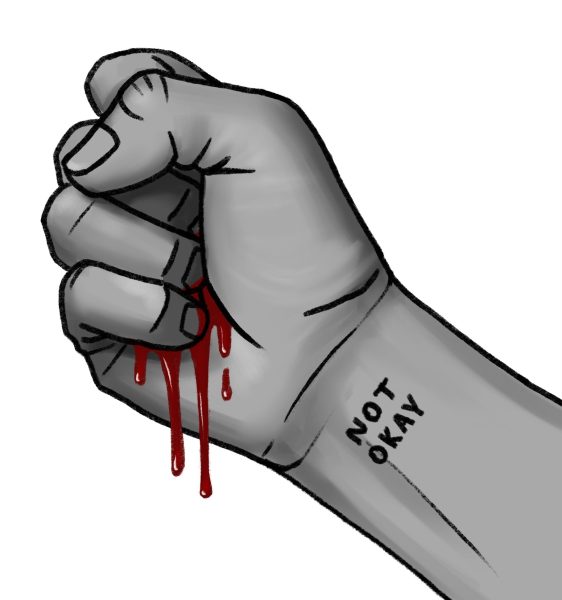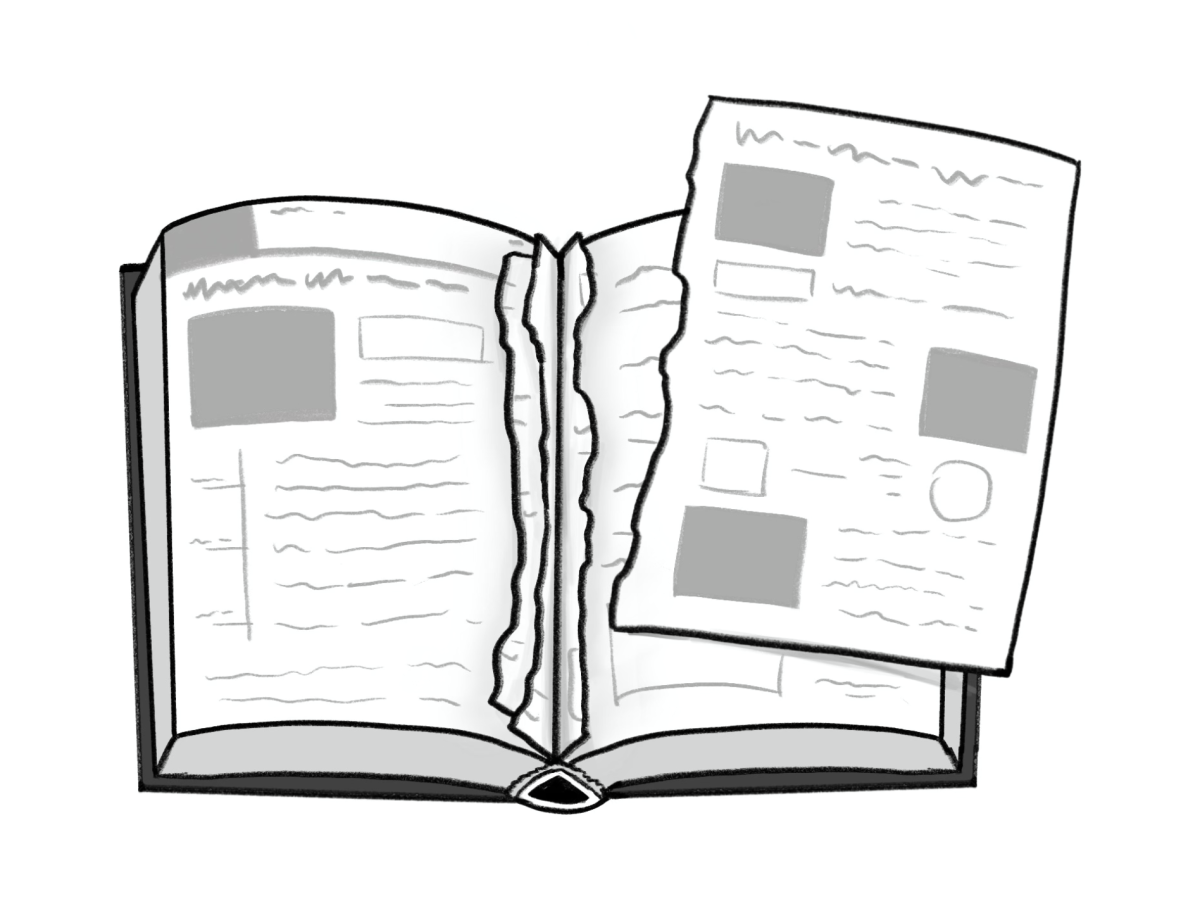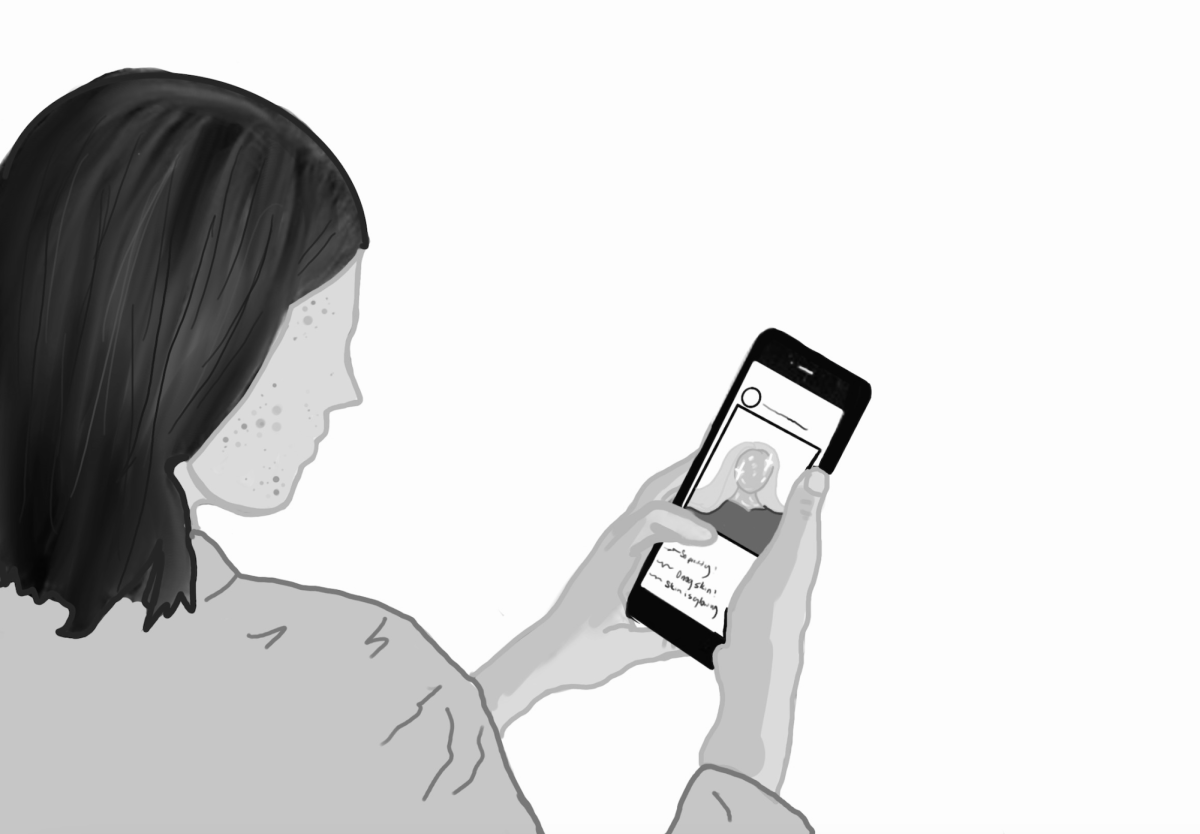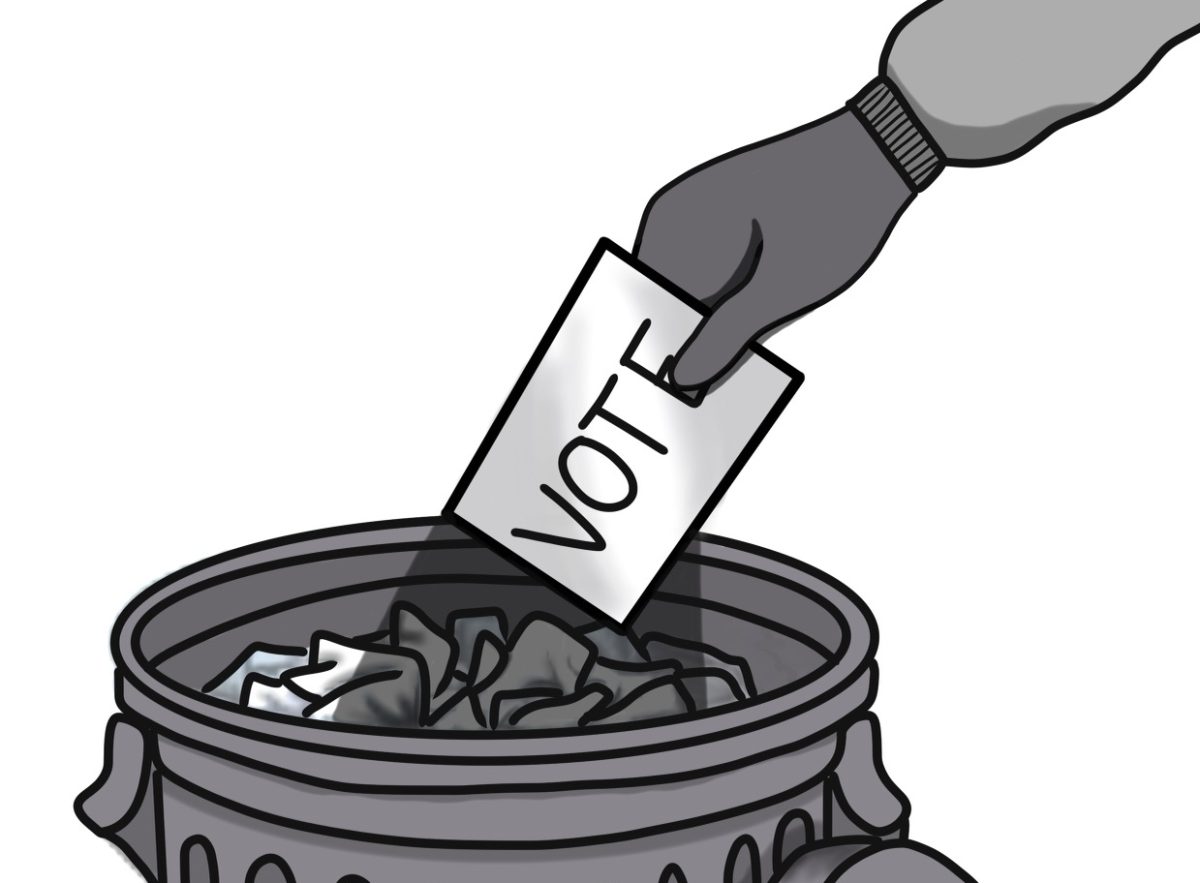I’ve never seen my father cry, and only rarely have I seen my brothers. In part, one could blame this on anatomical differences; men tend to have larger tear ducts that are less conducive to the welling of tears. But the real reason my household, among so many others, witnesses such infrequent displays of male emotional expression can be attributed to the deep-rooted societal stigma around male mental health.
Despite more than 6 million men experiencing depression annually, according to the Anxiety Disorders Association of America, there are blockades of taboo and stigma preventing men from seeking support, and Redwood is no exception.
Spencer DeWoody, current Wellness coordinator and former contract therapist for Bay Area community resources (BACR), acknowledges that he sees more female and gender queer students in the wellness center than male. DeWoody argues that this is not due to the male population facing fewer problems but points to the barriers that men, specifically young men, face in expressing them.
“I think it goes back to this notion that [men are] not allowed to show weakness or vulnerability. And so, when [men are] taught that we [can’t be vulnerable], we think that accessing help somehow shows weakness,” DeWoody said.
Similarly, Michael C. Reichert, director of the Center for the Study of Boys and Girls at the University of Pennsylvania, elaborates on the detriments of the same philosophy being instilled in young boys.
“Boys’ human development has been compromised by the boyhood that we have built and managed for them for generations”
— Reichert
“Boys’ human development has been compromised by the boyhood that we have built and managed for them for generations,” Reichert said in an interview with the Washington Post.
The long-term impact of this ‘boyhood’ is the difficulty for men in accessing help and mental health care, as DeWoody points out.
“The message you get [as a boy] is that when you fall down, you can’t cry [because] that shows [the] vulnerability that you have as a human. And so, from a young age, [men are] not taught to express [hurt or pain] among our peers, family or close friends,” DeWoody said.
Twenty-nine percent of men feel ‘too embarrassed’ to speak about their mental health, according to Priory, an independent provider of mental health care in the United Kingdom. Of the men surveyed, 40 percent reported never opening up to anyone about their mental health, despite 77 percent of them reporting common mental health symptoms of anxiety and depression.

Additionally, Richard V. Reeves, author of “Of Boys and Men: Why the Modern Male is Struggling, Why It Matters, and What to Do About It,” says that we might even be underestimating the number of males in our society who are struggling.
“There is some evidence that we might be under-detecting depression in men due to the questions we ask,” Reeves said.
According to the National Institute of Mental Health, boys and men experiencing depression are more likely to express it through anger, irritability, fatigue, loss of interest and aggression. However, most surveys only record common symptoms of female depression, rarely taking into account common male symptoms. For example, the Healthy Kids’ survey conducted at Redwood only asks participants if they have experienced ‘hopelessness’ or ‘sadness,’ which are both common female symptoms of depression.
This discrepancy is skewing the numbers on male mental health simply because surveys — and people — are not asking the right questions.
Moreover, DeWoody hypothesized that the expressions of anger and frustration from men might stem from an inability to communicate feelings of sadness or depression.
“I think [men] don’t always know how to express [their] feelings because we don’t know how to verbalize the emotions that we’re feeling. And oftentimes, these [feelings] manifest in other ways, like anger or frustration. So [it] might look differently for a man or a boy who has sadness or depression [than a woman],” DeWoody said.
This gap in communication has fatal impacts. According to the American Foundation for Suicide Prevention, nearly four times as many men die by suicide than women.

“Parents need to know that being male is the biggest risk factor for suicide,” Reeves said. “The chances of your son taking his life by suicide are about four times higher than your daughter.”
There’s no clear-cut cure for this. But there is a gap in understanding that society needs to address. In America, according to the Centers for Disease Control and Prevention, the group of individuals most at risk for suicide is men over the age of seventy-five – the same demographic that popularized the phrase “be a man.” There is an irrevocable link between society’s emphasis on men being strong and our culture’s inability to recognize and validate men’s mental health.
DeWoody said that one of the best ways to fight this is candor. He vouches for abstaining from what he calls the three responses to if someone asks how you’re doing: fine, good and okay.
“[We need to get] more comfortable societally about speaking about our emotions and how we’re actually doing. That’s why if a student were to ask me how I’m doing on any given day, I like to model [that honesty],” DeWoody said.
Starting with transparency, there is a necessary societal shift in how we view mental health. Mental illness and suffering are not unique to any singular demographic, sex, culture or person; we all have the capacity to struggle. What needs to change is how we view and talk about mental health. The “be a man” mentality, lack of transparency and culture surrounding how mental health is expressed and perceived are having fatal repercussions that impact us all.
If you or a loved one are struggling, you can reach the California mental health hotline at 988 and access free and confidential support.




















